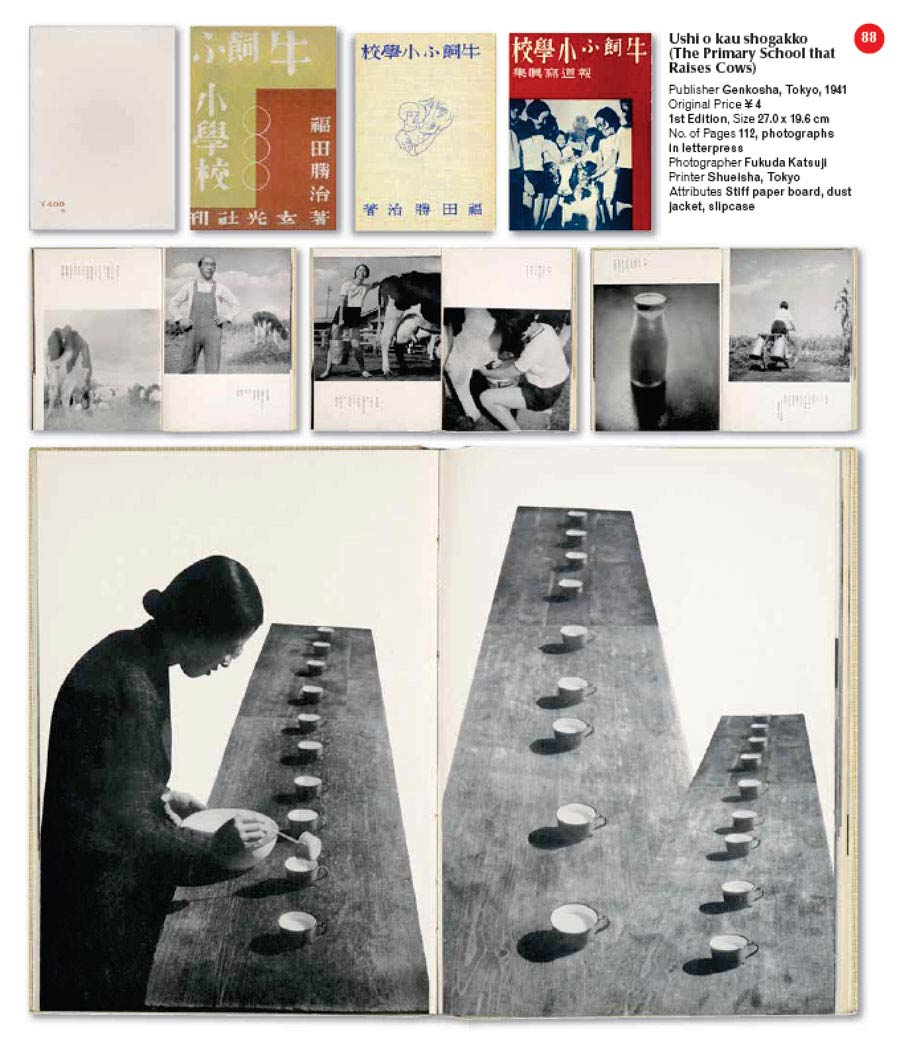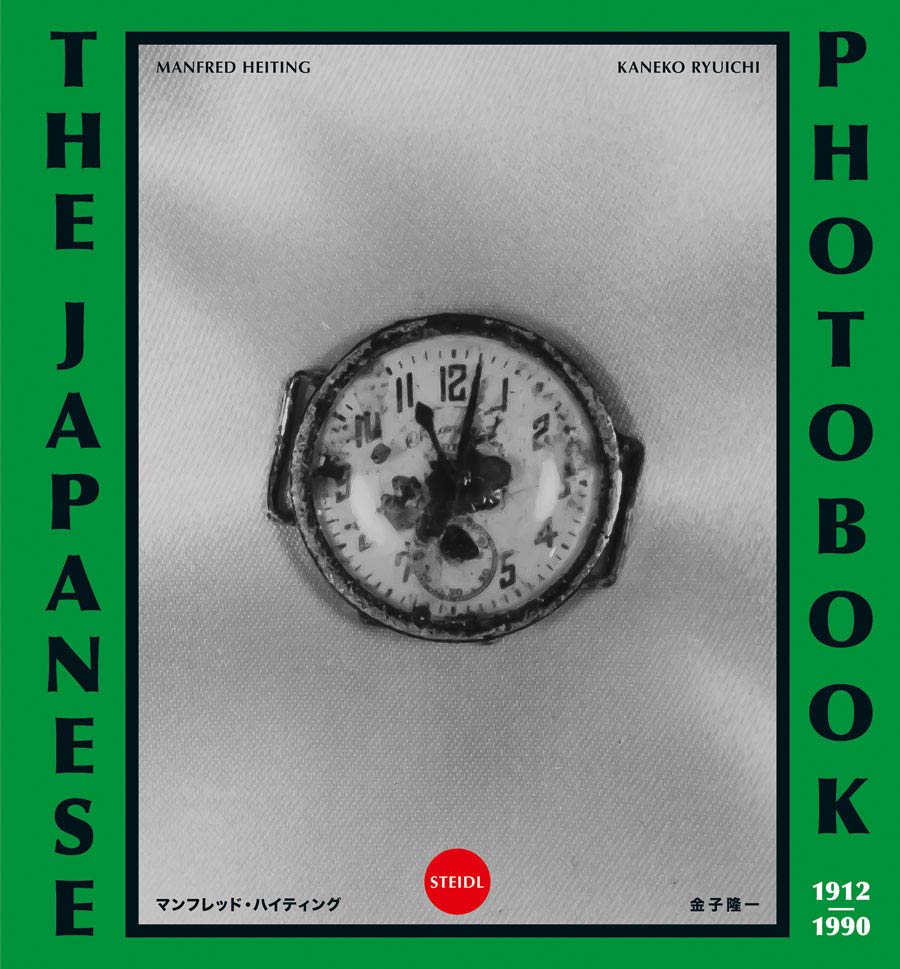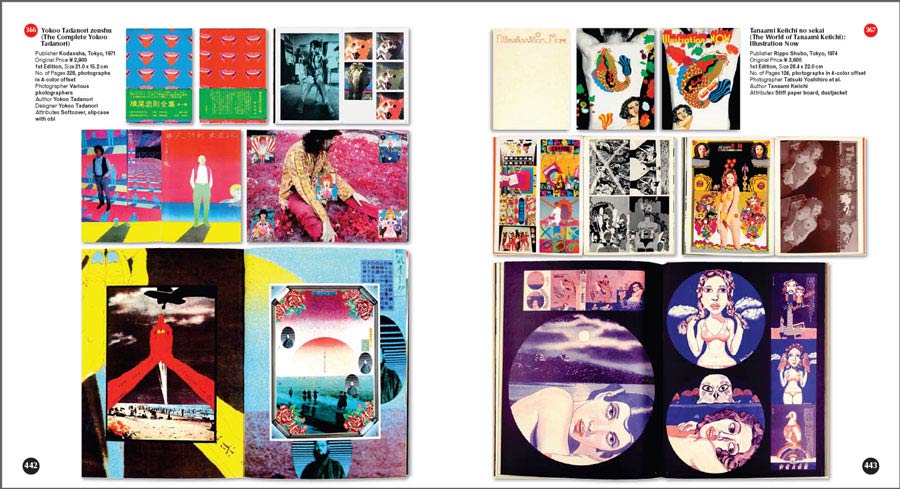
September 20, 2017
The Story of 20th-Century Japanese Culture, in One Book
“The Japanese Photobook” obsessively documents the mediatic techniques that captured life in the island nation over the last 100 years.

Much of Japan’s modern history can be understood through the cultural flows (or lack thereof) that helped shape its international relations. Japan’s near-total isolation gradually eroded, starting with the establishment of trade relations with the United States in the mid-1850s, followed by increased cultural exchange with Europe early in the 20th century, then national defeat in 1945 and a subsequent openness to global culture and finance.
The Japanese Photobook, 1912–1990, a new book published by Steidl and edited by renowned photo book designer Manfred Heiting, looks at the development of Japanese photo books through this transnational historical lens. The Japanese Photobook shows how global cultural and technological movements in photography were not only adopted but also adjusted or subverted by Japanese photographers, conveying the versatility and singularity of the genre. For example, photo books in prewar Japan were employed as a propaganda tool as often as an artistic medium, projecting power toward both Japanese citizens and the outside world. The nuclear devastation of 1945, which led to Japan’s surrender to the United States and a profound sense of national shame, dramatically changed the terms and purposes of Japanese photography, which now emphasized desire, aspiration, and national reckoning. And in contrast to the West, where a premium is placed on original prints, photo books in Japan are valued as “the ultimate form of photographic expression,” as legendary photo book historian Kaneko Ryuichi explains in his exhaustive introductory essay.
The book’s 578 pages encompass illustrations, annotations, and technical details for more than 400 photo publications, organized thematically and by period, including standout sections on Bauhaus influences and wartime propaganda. The Japanese Photobook acts as a survey of this medium of expression, paying appropriate attention to changing subject matter and sociocultural contexts, the impact of technical innovations and constraints, and the ways in which photo books were circulated for consumers and collectors. As Heiting conveys in a succinct foreword, the development of the Japanese photo book reflects the tensions between East and West and between tradition and modernity. In this sense, The Japanese Photobook offers a nuanced and comprehensive window into the social, political, and cultural complexities of 20th-century Japan.
Recent Viewpoints
Viewpoints
Navigating the Path to Net Zero








